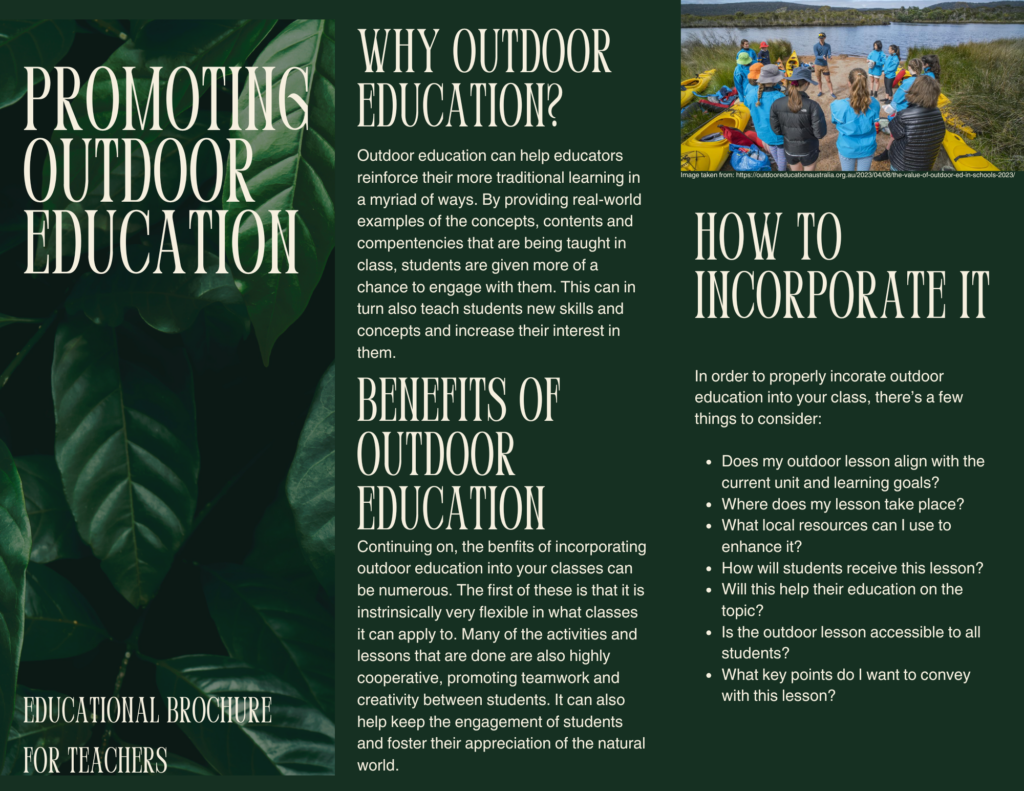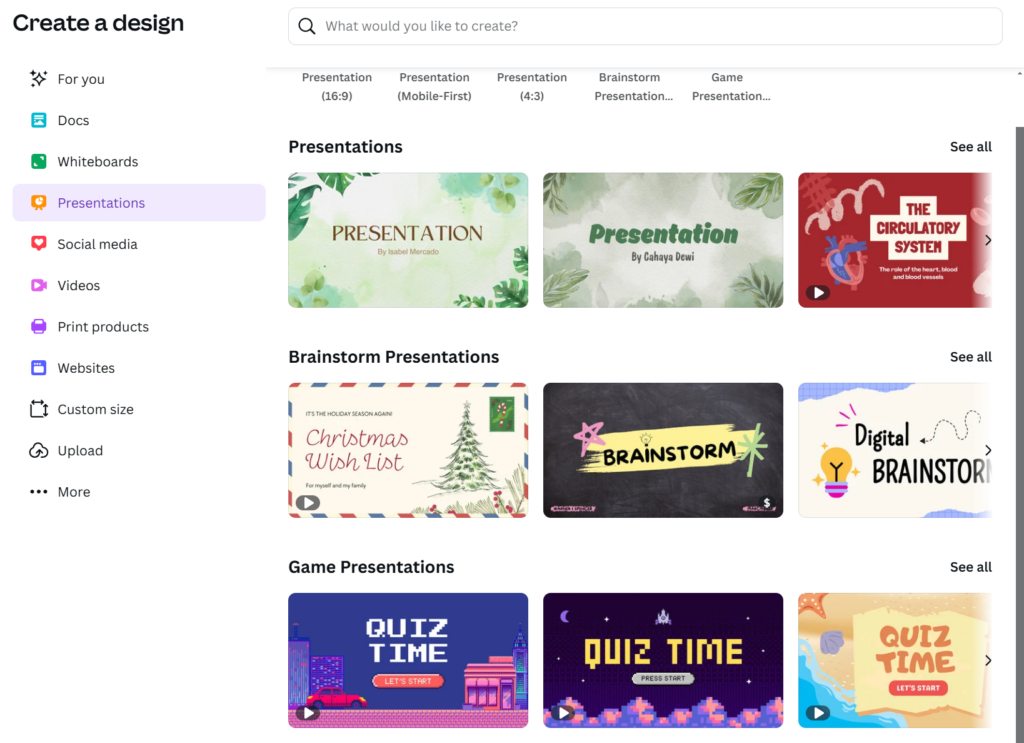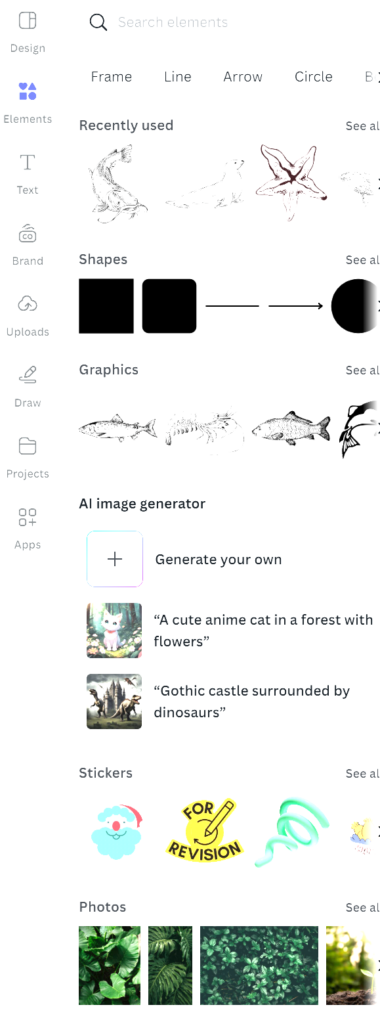Canva is an extremely effective and useful tool that can be used to create compelling displays and infographics. The a large of students are visual learners, and as such the teaching materials presented in class should coincide with that to enhance the learning environment.
This also makes lessons more engaging and encourages students to think about concepts in a variety of ways, which leads to higher material retention. Visual aids can be used to further emphasize key concepts taught in class, and are an excellent way for students to connect what they are taught with concrete examples. Canva is accessible also makes it a exceptional teaching tool, as it has a user-friendly interface and is free to use.
There are many other such programs that facilitate the use of these visual aids, however Canva sticks out as one of the most easy to use and access, for both students and teachers alike. From the teachers perspective, Canva can be used to quickly layout educational material for the students to digest.
As an example, I’ll present a brochure I made recently promoting outdoor learning in the classroom, and highlight some of the many features Canva had available to make this quick and easy to produce.


The first thing I’d like to point out in what made this so easy to produce is that of the multitude of present formats Canva offers. Because of this, it is super quick and easy to select what that is near enough to what you as a teacher want to use, then quickly adapt it to fit your lesson:

Following this, the editing and insertion of images, gifs or other forms of education media is made very easy through their use of easy to access tools, which make this very intuitive, including a vast selection of elements, or the option to include your own, which can be incredibly helpful incredibly educational materials for your students:
